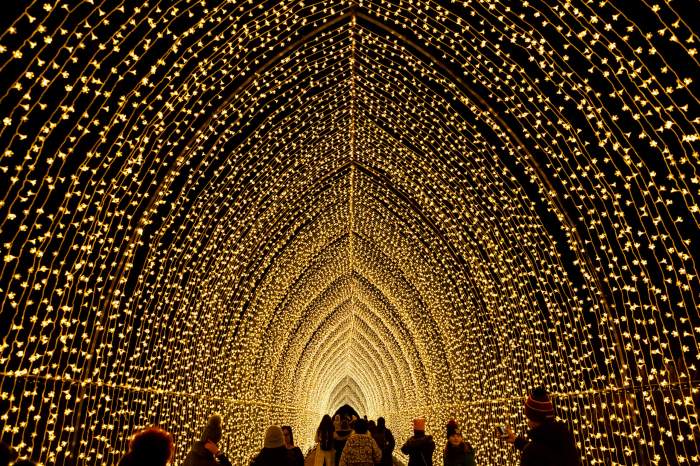There’s never been a better time to visit Montreal.
The Quebec city, which has a French-speaking population, marks its 375th anniversary in 2017, with festivals and events planned throughout the year, including the illumination of the Jacques Cartier Bridge starting May 17.
Beyond the celebrations, spring is an ideal time for a holiday as the city shakes off the cold and comes alive, with outdoor restaurant seating, street fairs and kayaking on Lachine Canal.
If you’re looking to explore, here’s a guide to Montreal’s neighborhoods — all vibrant, but each with its own personality.
Old Montreal: The charming cobblestone streets are lined with art galleries, boutiques and plenty of places to eat and drink. Don’t miss treasures like the historic, 17th-century Notre-Dame Basilica (admission about $4/ages 18 and up, $3/ages 7-17, FREE ages 6 and under; 110 Notre-Dame St. W., basiliquenotredame.ca) and Pointe-a-Calliere, a museum that explores the archaeology and history of Montreal (admission about $15/adults, $13/seniors, $9.50/students, $7/ages 13-17, $6/ages 5-12, FREE ages 4 and under; 350 Place Royale, pacmusee.qc.ca).
Downtown: The cultural hub boasts a theater district, symphony hall, Gothic churches and museums — including the prominent Montreal Museum of Fine Arts (admission for major exhibitions about $17/adults, $11/ages 13-30, FREE ages 12 and under; 1380 Sherbrooke St. W., mbam.qc.ca).
Mile End: With its bookstores, cafes and murals, the artistic neighborhood draws comparisons to hip Williamsburg in Brooklyn.
Plateau Mont-Royal: Colorful houses with outdoor staircases, vintage boutiques, restaurants and coffee shops can be found throughout this bohemian neighborhood.
Outremont: This is mega-mansion territory; also find parks and upscale shopping throughout the residential borough.
Good to know
Documentation: Remember to pack your passport; you’ll need it to enter the country.
Language: Montreal is the second-largest primarily French-speaking city in the world, after Paris. English is also common, if you don’t know any French.
Currency: Canadian dollar
Getting around: You really don’t need a car. You can rent a bicycle or get just about everywhere on the Metro or by taxi.
Shopping: Head to Saint-Laurent Boulevard for top boutiques; Saint-Denis Street for some of Quebec’s home-grown designers; and Laurier Avenue and Bernard Street for all things French — clothes, gourmet shops, bakeries and more.
Where to stay: Find an array of accommodations through Airbnb; hotel standards including Residence Inn by Marriott, Best Western and Ritz-Carlton; recent stylish additions like the William Gray Hotel; and historic settings like Le Place d’Armes Hotel & Suites, in three 19th-century neoclassical buildings.



































